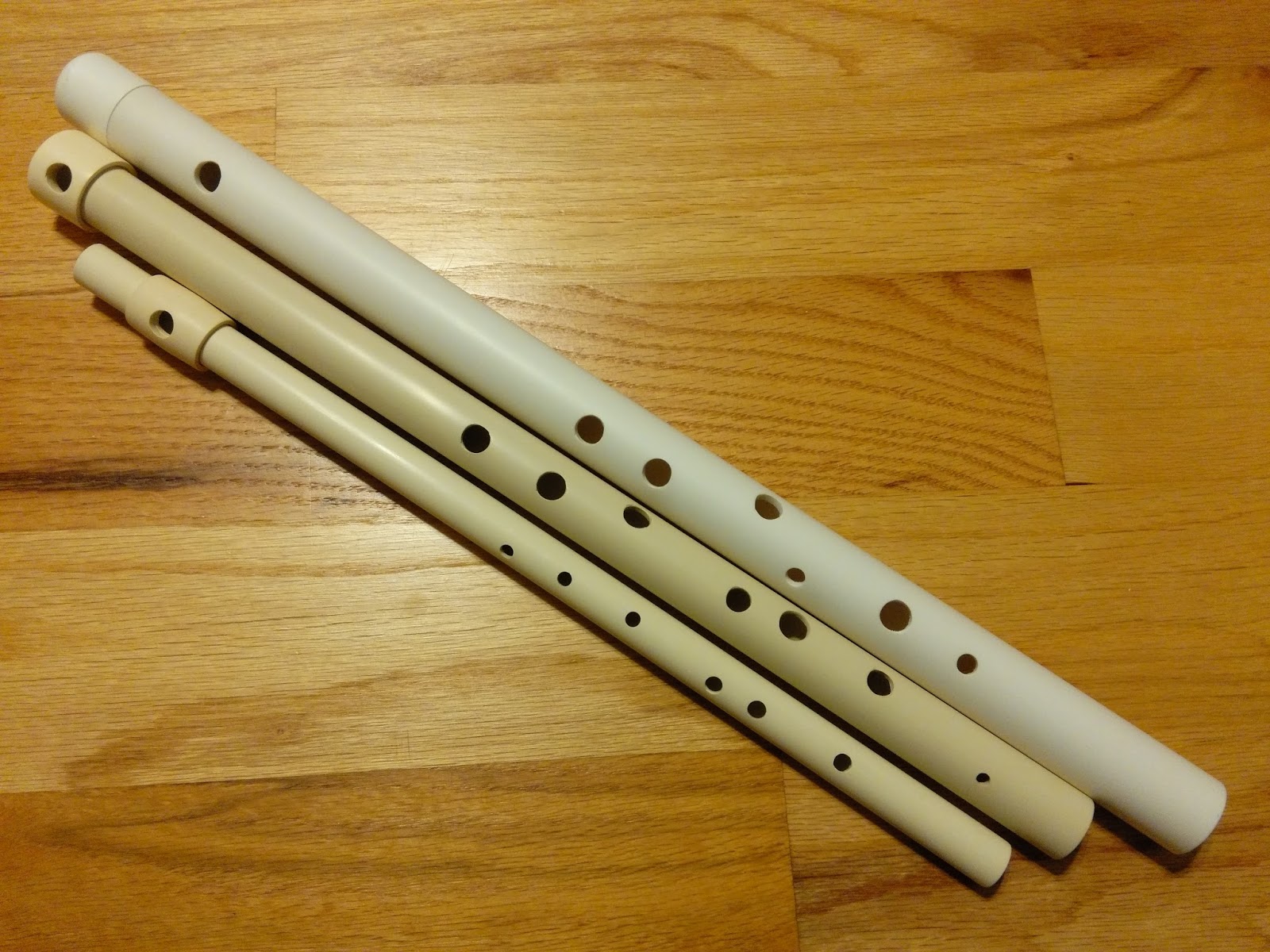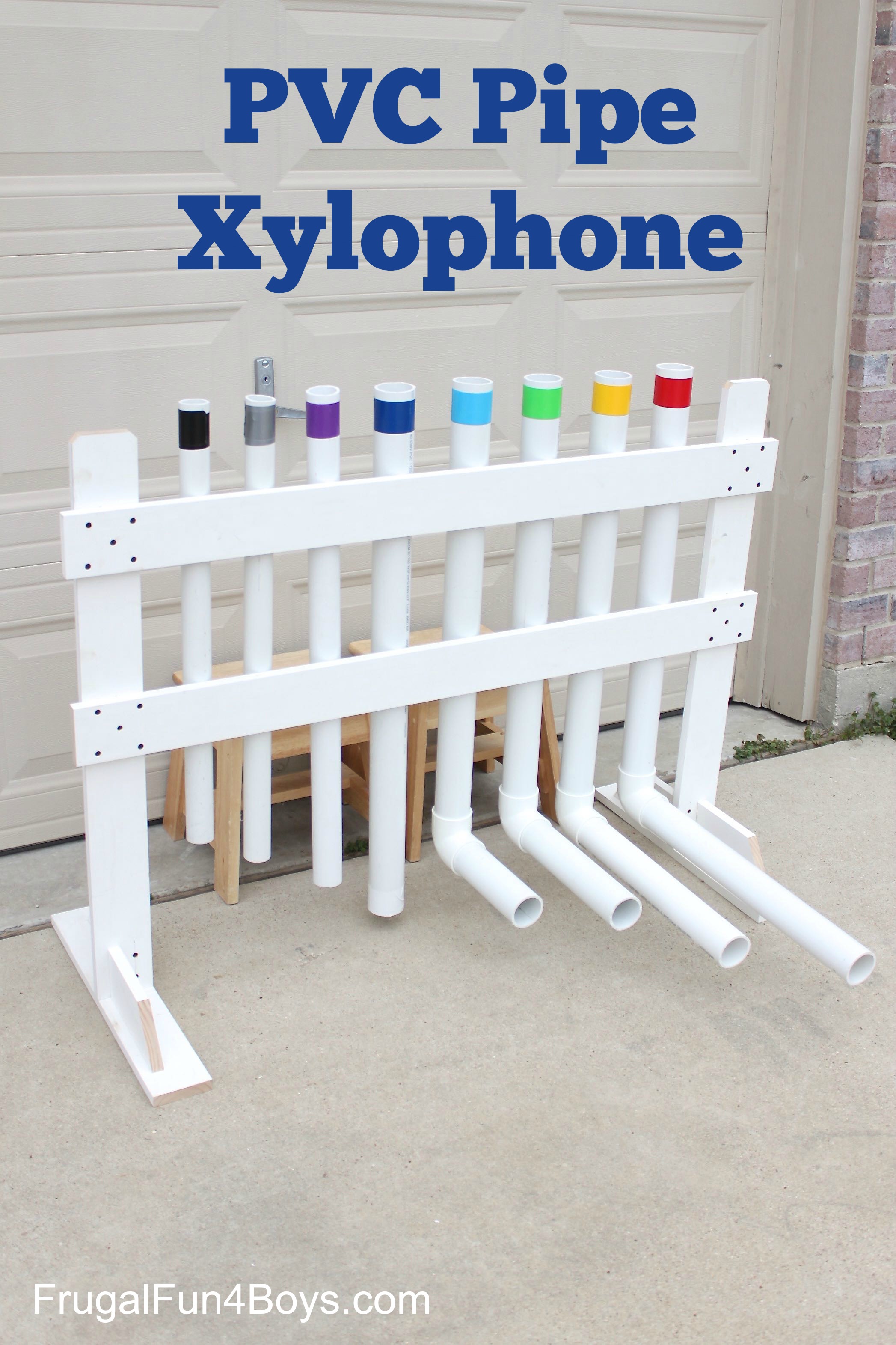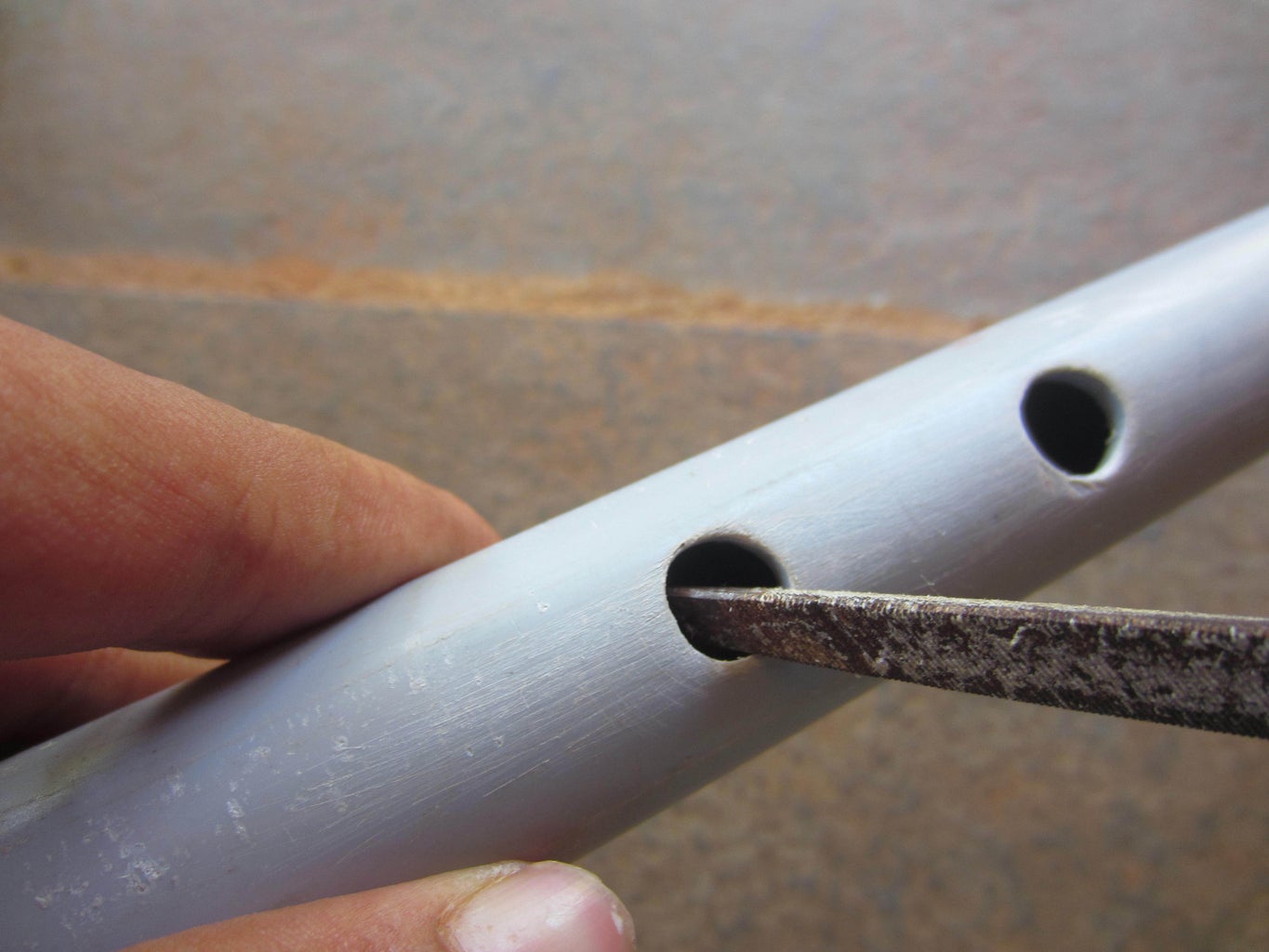How To Make A Flute Out Of Pvc Pipe

Ever feel like you're missing something? Like a certain *je ne sais quoi* in your life? I'll bet you ten internet points it's the sweet, sweet sound of a homemade PVC flute! Trust me, it's easier than parallel parking a semi-truck...and way more rewarding.
First, snag yourself a piece of PVC pipe. We're talking the standard, everyday kind – the stuff your plumber probably uses. About a foot long is good; you can always trim it later if you want a piccolo that sounds like a caffeinated hummingbird.
The Tools of the Trade (aka Stuff You Probably Already Have)
Okay, gather your gear. You'll need a measuring tape, a marker (the bolder, the better!), a drill with various sized bits (think "Goldilocks and the Three Drills"), and maybe some sandpaper to smooth things out.
A saw of some kind helps too. PVC isn't known for its cooperative chewing gum consistency. And finally, a tuner or a piano or keyboard. These will help you get the notes right, unless you're going for avant-garde, in which case, rock on!
Making Sweet Music (or at Least Some Kind of Noise)
Let’s mark where the embouchure hole (that's the fancy word for the blow-hole) will go. Start about an inch from one end. This is where the magic happens.
Drill a hole. Don't go too big at first; you can always make it bigger, but you can't un-drill a hole (trust me, I've tried). We are going for a crisp sound, not a kazoo!
Now, let’s think about the finger holes. These are what change the notes, like some kind of musical Morse code. Mark six holes, spaced about an inch apart, starting about 2 inches from the embouchure hole. Don't stress if the spacing isn't perfect; this isn't brain surgery.
Drill those holes! Again, start small. Test the sound after each hole. You can always make them bigger. The goal is to have a playable scale.
Fine-Tuning Your Masterpiece (or At Least Making it Less Awful)
Now comes the fun part: adjusting the holes to get the right notes. Use your tuner or keyboard as a guide. If a note is flat, make the hole a tiny bit bigger.
If it's sharp... well, you're kind of stuck. But hey, maybe you've invented a new musical scale! Embrace the chaos!
Sand those edges down! Nobody wants a flute that doubles as a cheese grater. Smoothness is key to musical bliss.
Level Up: Advanced Flute-Making Techniques (Not Really)
Want to get fancy? Wrap some decorative tape around your flute for a personalized touch. Maybe add some beads or feathers if you're feeling particularly flamboyant. Just don't blame me if your flute starts laying eggs.
Try experimenting with different lengths of pipe. A shorter pipe will produce higher notes, while a longer pipe will produce lower notes. You could even make a whole family of PVC flutes! The *PVC Flute Family Singers* – now that's a Grammy waiting to happen!
Consider the angle of the embouchure hole. It can affect the tone and ease of playing. Experimentation is the name of the game! Just don't accidentally drill a hole through your hand. Speaking from experience, it's not fun.
A Word of Encouragement (Because You Deserve It)
Don't be discouraged if your first attempt sounds like a dying walrus. It takes practice to get the hang of it. Keep tweaking, keep experimenting, and most importantly, keep having fun! Remember, even *Mozart* probably had a few dud flutes in his day (probably not PVC though).
So go forth, my friends, and create beautiful music! Or at least create some kind of noise that amuses you. That’s all that really matters.
And if all else fails, you can always use the PVC pipe to unclog a drain. Just kidding (mostly).


















